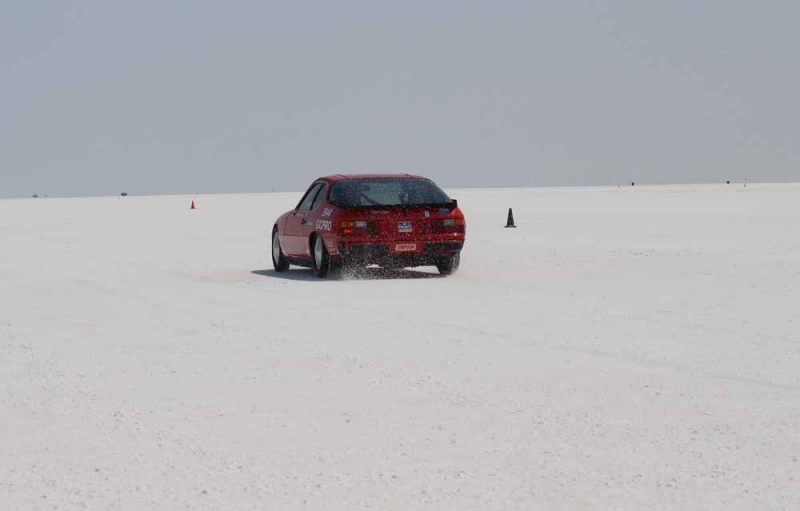
Something strange happens when you go to Bonneville to see the thundering machines shoot across the wide open expanse of white. Something in your brain chemistry changes forever. You know, within minutes of arriving for your first time that you’ll be back. Not only that you’ll be back as a spectator, but that you’ll one day return with a beastly automobile of your own to assault the salt. That’s exactly what happened to Rick Deerwester back in 2014. He came, he saw, and he knew it had to be conquered. Even while he was still standing on the saline grounds, a friend commented “We need to come back here next year,” and giving full credit to Rick, he replied “Yes, but I’m bringing a car!”
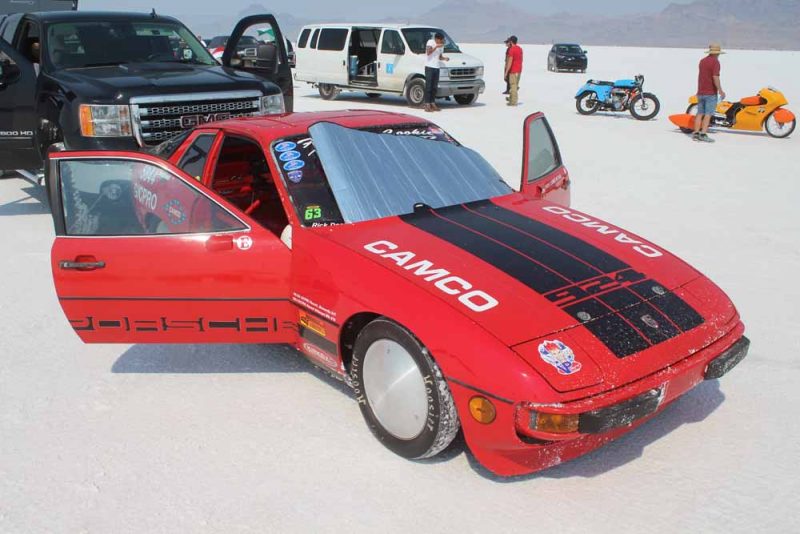
Mr. Deerwester was a previous 924 owner, having purchased a lightly used 1977 model back in 1981. He kept that car through 2001, and enjoyed his time with the small Porsche sports coupe. The passage of time might have tinted his sunglasses a shade of rose, but he recalled the 924 as being quite aerodynamically efficient, and even with the sub-100 horsepower number he could get the car to run at 115 mph regularly on long enough stretches of straight pavement. Rick grabbed a copy of the rulebook on his way out of town back in 2014 and read the thing until his eyes bled. There are dozens of classes in the Southern California Timing Association’s rule book, and some of them would be easier than others to break an existing record. After weeks of research, Deerwester decided to pursue the G/CPRO class for 2-liter (G-class engines) Classic Production (built between 1928 and 1981) automobiles seating at least four. The class record seemed within reach of Rick’s aspirations, and he wanted to set a world record.
A little more research confirmed his memory, as the original 924 shell produced an aerodynamic cD of 0.31, putting it on par with a modern hot hatchback like Volkswagen’s GTI. Having a quite low frontal area of 19.4 square feet is crucial for the high speed runs Rick hoped to make, and thus he decided to find a nice 924 to turn into his salt flats racer. By the rule book, the car needed to retain a dashboard and door panels, but both could be fabricated out of a non-flammable material (like aluminum). All of the original body panels needed to be retained, but Rick was free to remove things like the exterior mirrors and the windshield wipers. Of course, the requisite safety equipment was installed as well.
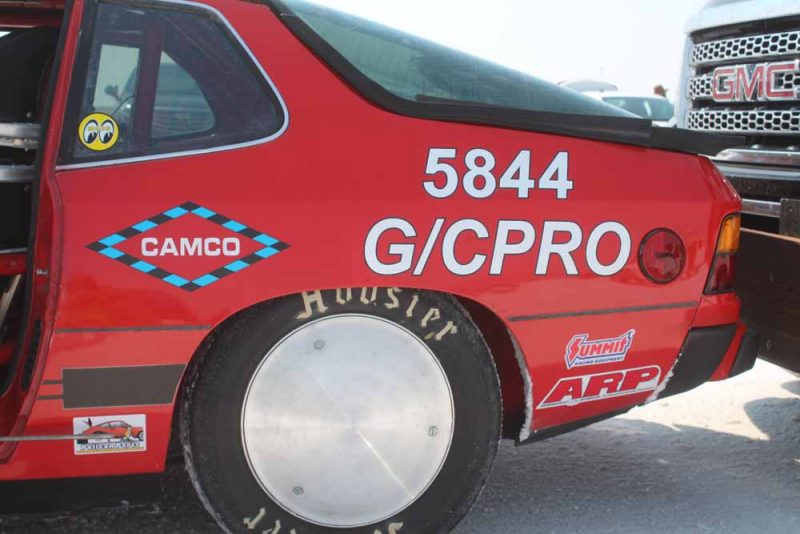
From there, the drivetrain was biggest factor in hitting the kinds of speeds needed to go into the record books. In order to comply with class specs, the engine had to retain the stock block and could not adapt any kind of power adding supercharger. Somewhat famous in the transaxle Porsche motorsport community is Michael Mount, a former SCCA national champion and recently retired Porsche race shop owner. Rick was given Mount’s name via a 924 message board, and after a bit of coaxing, he convinced the champ to renounce retirement for one last engine and trans build. Basically everything inside the engine was custom ordered for the build, including pistons, connecting rods, the camshaft, and the entire valvetrain. The exhaust header is a custom piece, as is the intake manifold, which adapts a pair of 50mm Weber carburetors. Some of these components were rare aftermarket bits from Michael’s collection. The engine was slammed together and a dyno-proven 225 horses were churned out of that tiny stock-block 2-liter engine. More than double what it had when it left the Porsche factory.

Rick is no stranger to building race cars himself, having run in a number of series, including Spec Miata, where the competition is always looking for the smallest advantage. He’d built racers before, and knew that he would have to really push to get this one done in time. True to his word, Rick had his 924 ready to go for Speed Week in 2015. After building the car for most of a year, and thrashing hard in the final months, time was up, and he was ready. Then the weather decided it wasn’t to be and turned the dry salt lake into a very shallow pond of murky saline water when rain dropped on Bonneville ahead of the races. As they say, sometimes you have to hurry up and wait.
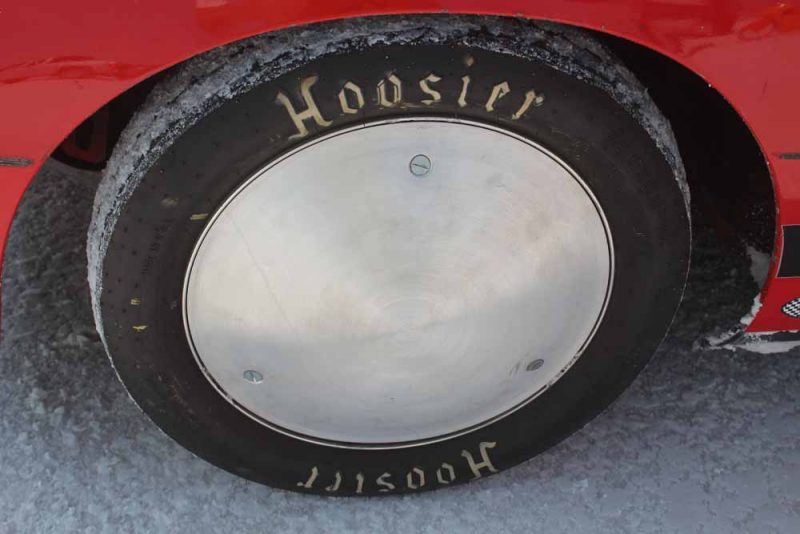
2016 came and finally the salt was ready for Rick’s run in the 924. The rules at Bonneville require record-breaking runs to be backed up the following day. Once you run a time that is faster than the existing record for your class, the car is placed in impound overnight and you’re required to make a pass the next day to ‘back up your run’ and the two speeds are averaged for what is hopefully a new record. Back in 2016, Rick set that all-important first run, somewhere above 140 miles per hour, and the 924 spent its first night in impound. The following day, in an attempt to back up that time, Rick could get the car to do no better than 130 mph thanks to a mysterious electrical gremlin. Just as the team got the electrical glitch hammered out, rain fell again to throw a wrench in the mix.
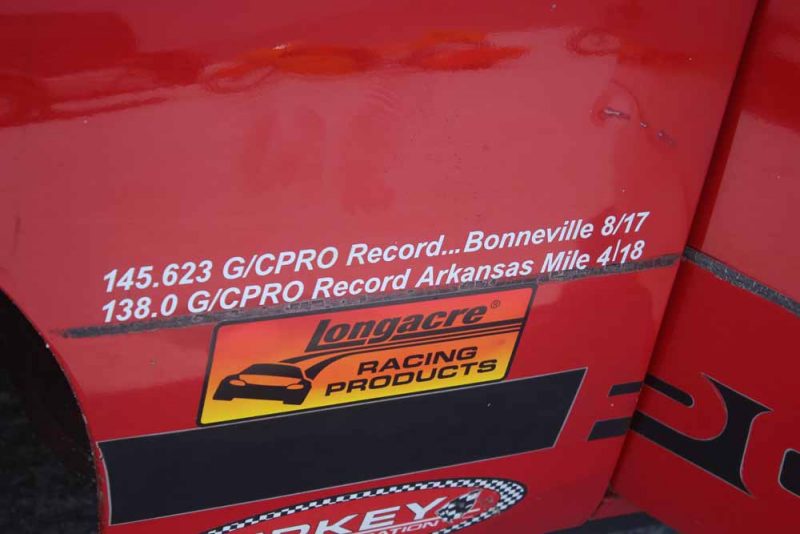
2017, then, would be the year of the 924. Rick and his Fortune Cookie Racing team returned again, and finally set the record they were aiming for. With two solid runs under their belt, Fortune Cookie took the class record with an average of 145.632 miles per hour. During the run, however, Rick recognized that the car was extremely light over the rear axle as the non-turbo 924 shell did not have a hatch-mounted rear spoiler, and several hundred pounds of lift were hampering forward progress. The rear wheels were struggling for traction above 140 miles per hour, resulting in nearly 20 miles per hour of wheelspin as the car ran over the slippery salt. The team knew that they needed to make a few adjustments for 2018, and the aim was now to hit that 150 mark. There was speed to be gained.
Last winter the team lowered the car further until there was only about 2.5″ of clearance to the ground. The rear hatch was popped off and a be-spoilered unit from another Porsche, presumably a 944, was added. The team’s first run of the day on Saturday netted a 150.278 mph timed mile, and another night in impound for the 924, now it’s third trip there. Sunday morning the impounded cars are given priority to get to the starting line while the air is still crisp and cool, before the sun has risen and baked the air. Based solely on the condition of the salt and the pleasant weather, Rick should have been able to run a bit faster than his Saturday time. By missing not one, but two shifts, really impeded his efforts, however. The best back-up speed that the little 924 could muster was a 149.373 mph. Averaging the two times was still good enough for a new world record in the G/CPRO class, but didn’t quite make it to the 150 number they’d hoped for. They’ll be back in 2019 for another attempt, because racing is about continual improvement and beating your own efforts. Never stop trying to go faster.
People don’t often think of 924s as being fast, and for the most part they’ve been cast aside to the dustbin of Porsche history. The much maligned 924 is perhaps one of my favorite examples of the Porsche breed. They used what they had at the time, including an engine from Audi, and suspension bits cribbed from Volkswagen’s Golf and Super Beetle, to make an amazing chassis with lively, responsive, and neutral handling. It was a slick looking car in its day, and has aged gracefully. This was perhaps the most striking car I saw during my visit to Bonneville. It immediately captured my intrigue, and I still think about it often. In fact, I’m heading to California this weekend to pick up my own non-sunroof 924 chassis with the intent of building it as a pure track car. Rick, and my time at Bonneville, inspired me. One day I will make my way back to the salt to set a record of my own. See you there, Rick.
